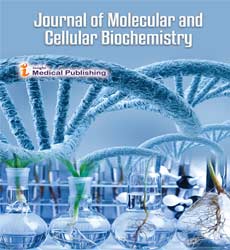Germ-line stem cells in myocardial regeneration: secretion of cardiogenic paracrine effectors may be the future
Abstract
Stem cell research for treating or curing ischemic heart disease has, to date, culminated in identifying which scenario is more important. Stem cell differentiation into cardiomyocytes that integrate electrically with the heart; stem cells that secrete paracrine factors that promote healing or a combination of both. We consistently found that unipotent germline stem cells, when removed from their niche and cultured in the correct medium endogenously express pluripotency genes, which induce them to become human germline pluripotent stem cells (hgPSCs). These cells are then capable of producing cell types from all three germ layers. Using hgPSCs along with a modified version of a relatively novel cell-expansion culture methodology to induce quick, indefinite expansion of normally slow growing hgPSCs, it was possible to test the potential of cardiomyocytes derived from hgPSCs for treating an ischemic cardiac event. Upon differentiation into cardiac lineages, our data consistently showed that they not only express cardiac genes, but also express cardiacpromoting paracrine factors. Taking these data a step further, we found that hgPSC-derived cardiac cells can integrate into cardiac tissue in vivo. Note, while the work presented here was based on testes-derived hgPSCs, data from other laboratories have shown that ovaries contain very similar types of stem cells that can give rise to hgPSCs. As a result, hgPSCs should be considered a viable option for eventual use in patients, male or female, with ischemic heart disease.
Open Access Journals
- Aquaculture & Veterinary Science
- Chemistry & Chemical Sciences
- Clinical Sciences
- Engineering
- General Science
- Genetics & Molecular Biology
- Health Care & Nursing
- Immunology & Microbiology
- Materials Science
- Mathematics & Physics
- Medical Sciences
- Neurology & Psychiatry
- Oncology & Cancer Science
- Pharmaceutical Sciences
